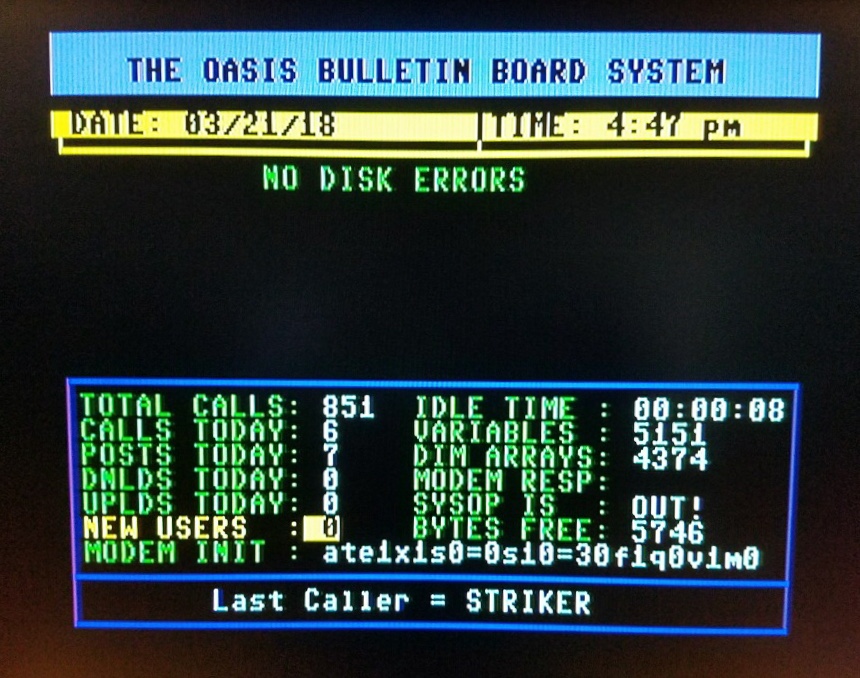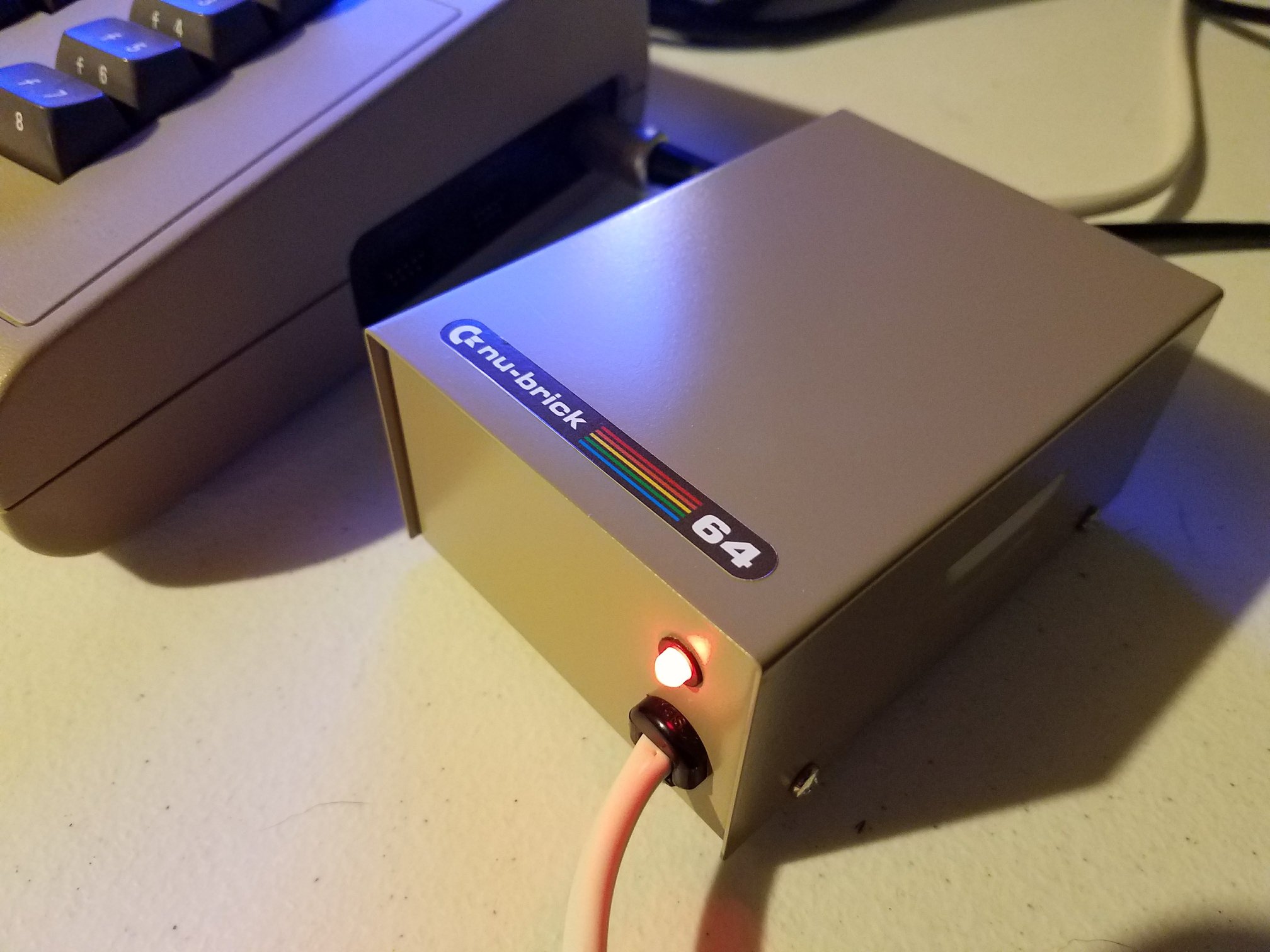In his latest video, TheRetroChannel explores how a few smart hardware tweaks can transform sound quality and connectivity on the Commodore 64. The focus is on the Longboard SID noise reduction mod, which removes background hum from the SID chip while adding new video output flexibility. It’s a hands-on session filled with practical experiments, clear audio tests, and a satisfying conclusion for anyone interested in squeezing better performance out of vintage hardware.
The video begins with a look at an ongoing frustration for C64 owners: the eight-pin DIN connector. While many vintage systems like the Atari 8-bit and VIC-20 use a five-pin version, the Commodore 64 has its own layout that includes an unused “audio in” pin. That input, TheRetroChannel explains, isn’t very useful for most people and can even be risky if the wrong signal hits it.
Turning Audio In into Chroma
The solution is to rewire that unused input for Chroma output. This tweak allows the same five-pin breakout cables used for other classic systems to connect directly to the C64. It’s a simple change but adds real convenience for anyone juggling multiple retro setups.
Before committing to the Longboard SID noise reduction mod, TheRetroChannel tests how the SID behaves under different conditions: floating, grounded, or disconnected audio inputs. Using both original and ARM SID chips, he compares background noise across several setups. The results are clear—bending out pin 26 on the SID, effectively removing its audio input, cuts noise levels noticeably.
A Cleaner Signal and Safer Chip
Grounding the input helped slightly, but isolating it altogether worked best. The difference, once amplified, showed that floating the input delivered the quietest background. It’s not just a cleaner signal; it also helps protect the SID from stray voltages or static discharges through that unused pin.
After confirming the improvement, he proceeds with the Longboard SID noise reduction modification, replacing the audio-in pin on the connector with Chroma output and adjusting the trace on the board. The result is a setup that supports both composite and S-Video connections while keeping audio clear.
Extending the Mod to Other Boards
The shortboard 8580 models behave a bit differently. Because those chips handle “digital sample” effects like the famous Ghostbusters! speech through a quirk of the older SID design, a resistor must bridge the audio-in pin and ground to bring that feature back. TheRetroChannel walks through this “Digifix” variant in detail, demonstrating how the right resistor value restores those distinctive sounds without excessive background noise.
He even proposes a future add-on board to simplify the mod and make it reversible—ideal for anyone who doesn’t want to risk damaging a rare SID chip.
A Practical Takeaway for Modders
By the end, the video delivers a clean, reliable method for reducing SID noise and simplifying cable compatibility across several Commodore models. It’s another thoughtful deep-dive from TheRetroChannel that blends careful testing with practical takeaways for hobbyists.
For anyone maintaining or restoring their C64, this is a must-watch. The Longboard SID noise reduction approach not only improves audio quality but also adds versatility to the classic hardware setup.







